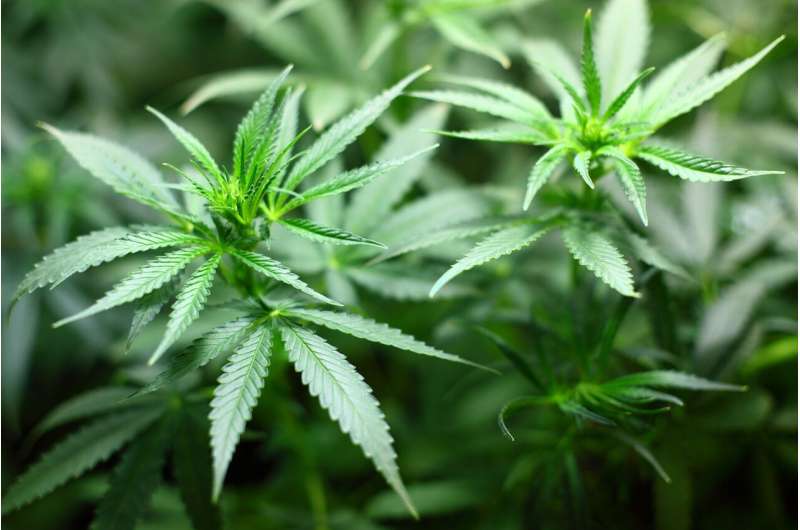
Substance abuse among American adolescents is diminishing, except for an uptake in cannabis and vaping use—show new findings published today in the peer-reviewed journal Substance Use & Misuse.
Examining data from 536,291 adolescents between 1991–2019, an expert team of researchers suggest that while the reasons for this phenomenon are not entirely clear, they appear to correlate to a number of other social factors.
Notably among them, these include increased parental monitoring, and decreased partying and dating.
Discussing the results, lead author Noah Kreski, from Columbia University Mailman School of Public Health, explains that a number of demographic factors seem to correlate to increased substance abuse even today.
“Substance use prevalence decreases across decades were largest for the groups defined by significant paid employment or high levels of social time, either with low engagement in other activities or lower levels of supervision, though these groups had the highest initial prevalence of each variety of substance use,” says Kreski.
Kreski and the team, which also included experts from New York University, used the Monitoring the Future survey—conducted by the National Institute on Drug Abuse (NIDA)—to track trends in use of cigarettes, alcohol, cannabis, vaping of both nicotine and cannabis, and other substances for children in school grades 8 (13-14 years-old), 10 (15-16 years-old) and 12 (17–18 years old).
They cross-referenced these habits against demographic factors such as level of social engagement, participation in structured activities, level of adult supervision, and employment. They further cross-referenced these patterns across race, sex, parental education along with other demographics.
Their findings show that low social engagement and participation in structured activities seemed to be the overall best predictors of substance abuse avoidance.
Conversely, substance abuse was higher overall in the highly social and highly engaged groups with less supervision. Time at a paid job was also a significant factor in increasing the chances of trying illicit substances.
Cannabis use increased among all groups, but especially among adolescent workers. Nicotine vaping increased the most among the highly social and engaged group that was less supervised. Cannabis vaping increased most among social but disengaged teens.
“Social settings where adolescents interact with peers (e.g., parties) provide opportunities for substance use, especially in the absence of adult supervision,” Kreski says. “These social settings may produce peer pressure for adolescents to engage in substance use in order to fit in.”
This may be particularly true of employed adolescents, who regularly interact with older teens and adults. Employed adolescents often come from lower income brackets and are thus propelled into an early pseudo-adulthood, leading them to adopt the habits more typical of people older than they are. Further, cannabis users in particular appear to seek out other cannabis users, leading to social circles in which the drug plays a significant role. Vaping was similarly correlated to social influence.
Analyzing the data further, results show:
- 15% respondents reported past two-week binge drinking
- 27.4% had drunk alcohol in the past month
- Approximately 14.7% of adolescents had smoked cigarettes in the past month
- 12.6% reported any past-month cannabis use
- Over 8.64% reported past-month use of other substances
- 12.3% reported nicotine vaping
- 6.2% reported cannabis vaping from 2017 onward.
Summarizing, Kreski says, “Uncovering these links between complex patterns of time use and substance use outcomes could reveal new opportunities for intervention and education of adolescents surrounding substances, helping to promote declines in use.
“Taken together, while the prevalence of substance use varied drastically between the groups, but the trends in substance use tended to be relatively consistent across groups. Further research is now needed to investigate the factors driving these universal trends in adolescent substance use.”
The authors suggest that a variety of peer-led and community-based programs may be effective in diminishing use across a broad spectrum of adolescent demographics. They also urge further examination of mental health conditions that may lead to substance abuse.
This study has certain limitations relating to the survey.
Source: Read Full Article


